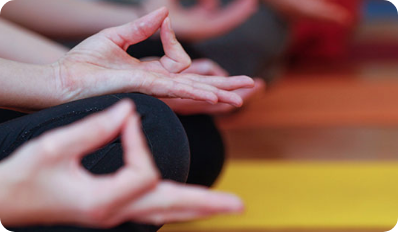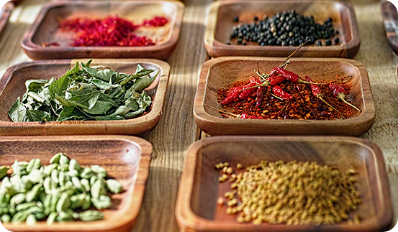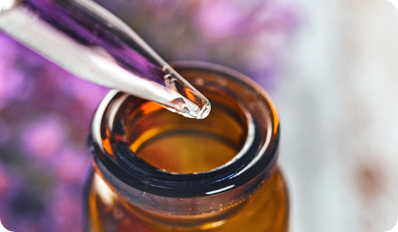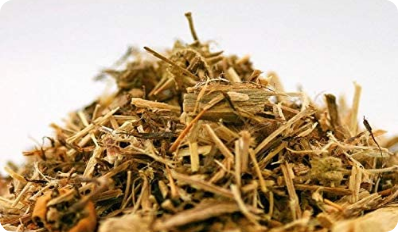Introduction to Panchakarma
Panchakarma (five actions) is a cleansing and rejuvenating program for the body, mind, and consciousness.
What is Panchakarma Treatment?
Panchakarma is a treatment program for the body, mind, and consciousness that cleanses and rejuvenates. It is based on Ayurvedic principles, every human is a unique phenomenon manifested through the five basic elements of Ether, Air, Fire, Water, and Earth.
The combination of these elements are three doshas (tridosha): Vata, Pitta, and Kapha, and their balance is unique to each individual. When this doshic balance is disturbed it creates disorder resulting in disease.
Panchakarma is done individually for each person with their specific constitution and specific disorder in mind, thus it requires close observation and supervision. Treatment starts with pre-purification Measures of Snehan and Svedana, and then cleansing methods – Shodanas are applied.
Main Panchakarma Benefits

Eliminate toxins and toxic conditions from your body and mind.

Restore your constitutional balance improving health and wellness.

Strengthen your immune system and become more resistant to illness.

Reverse the negative effects of stress on your body and mind thereby slowing the aging process.

Bring about deep relaxation and a sense of well-being.
What are the 5 Ayurvedic Panchakarma treatments?
It’s important to understand that “pancha karma” actually means “five actions or five treatments.” There are five primary treatments included in Panchakarma which we elaborate on below.
Vamana
This Ayurvedic cleansing involves induced vomiting to eliminate excess mucus and toxins in your body. It’s typically used to help treat respiratory and digestive tract disorders.
Virechana
For this treatment, we use Ayurvedic herbs to induce bowel movements which helps eliminate toxins from your system. It helps with negative accumulations in the body and promotes overall health and hormonal balance.
Basti
This treatment involves the use of enemas to eliminate toxins from the colon. It is typically used to treat digestive disorders, constipation, and hemorrhoids.
Nasya
This holistic approach to treatment involves using a nasal spray or drops to remove toxins from your sinuses and respiratory system. It’s designed to help with allergies, headaches, and other sinus issues.
Rakta Moksha
This treatment involves bloodletting usually through the form of leeches on the body. While we do not provide this Ayurvedic therapy, it’s useful for treating skin and blood disorders.
Panchakarma is based on Ayurvedic principles
by Vasant Lad, BAM&S, MASc
Ayurveda emphasizes preventative and healing therapies along with various methods of purification and rejuvenation. Ayurveda is more than a mere healing system; it is a science and an art of appropriate living that helps to achieve longevity.
It can guide every individual in the proper choice of diet, living habits, and exercise to restore balance in the body, mind, and consciousness, thus preventing disease from gaining a foothold in the system.
According to Ayurveda, every human being is a unique phenomenon of cosmic consciousness, manifested through the five basic elements—Ether, Air, Fire, Water, and Earth. Vata—a combination of ether and air, pitta—a combination of fire and water, and kapha—a combination of water and earth, are called the tridosha.
These are the three humors or the three organizations of the body, which are also derived from consciousness. Each individual constitution or psycho-somatic temperament is determined by the relative proportions of these three doshas at the time of fertilization.
When the embryo is formed, the constitution is determined. There are seven basic constitutions with one or more doshas predominant according to Ayurveda.
They are: vata, pitta or kapha predominant, vata-pitta, pitta- kapha or kapha-vata predominant and vata-pitta-kapha in equal balance, a rare occurrence.
Ayurvedic Tridosha

Understanding the imbalance of your unique body is the basis for treatment.
Every individual constitution has its own unique balance of vata, pitta, and kapha (VPK) according to its own nature. This balance of VPK is the natural order. When this doshic balance is disturbed, it creates imbalance, which is disorder.
Health is order; disease is disorder. Within the body there is a constant interaction between order and disorder, thus once one understands the nature and structure of disorder, one can re-establish order. Ayurveda believes that order lies within disorder. Order is the state of health, as defined by Ayurveda Panchakarma.
This exists when the digestive fire (agni) is in a balanced condition; the bodily humors (vata, pitta, and kapha) are in equilibrium, the three waste products (urine, feces, and sweat) are produced and eliminated normally, the seven bodily tissues (rasa, rakta, mamsa, meda, asthi, majja and shukra/artava) are functioning normally, and the mind, senses, and consciousness are working harmoniously together.
When the balance of these systems is disturbed, the disease (disorder) process begins.


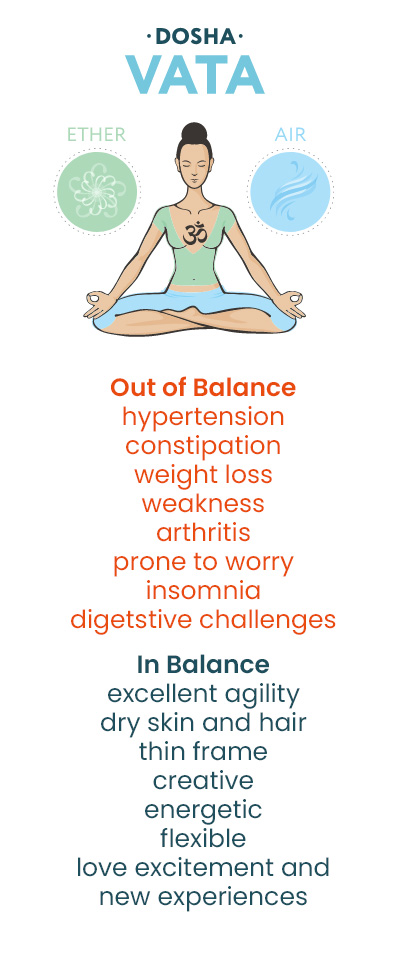

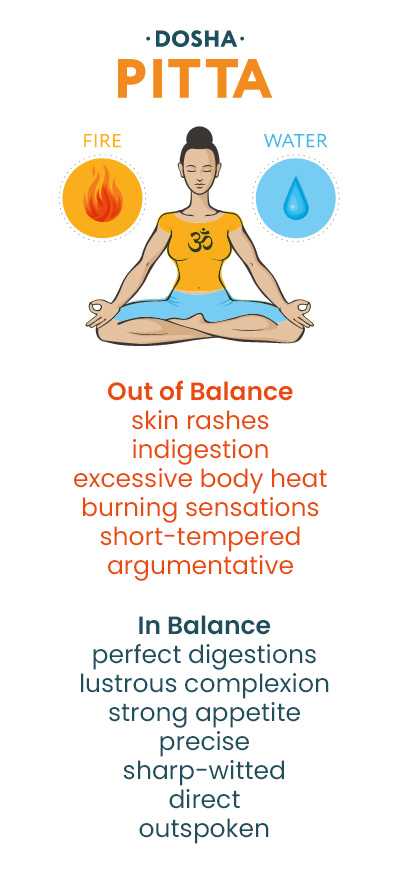

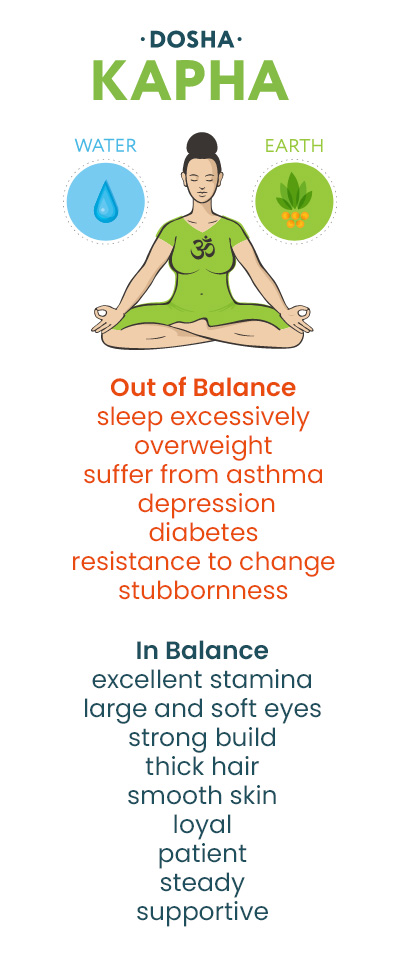

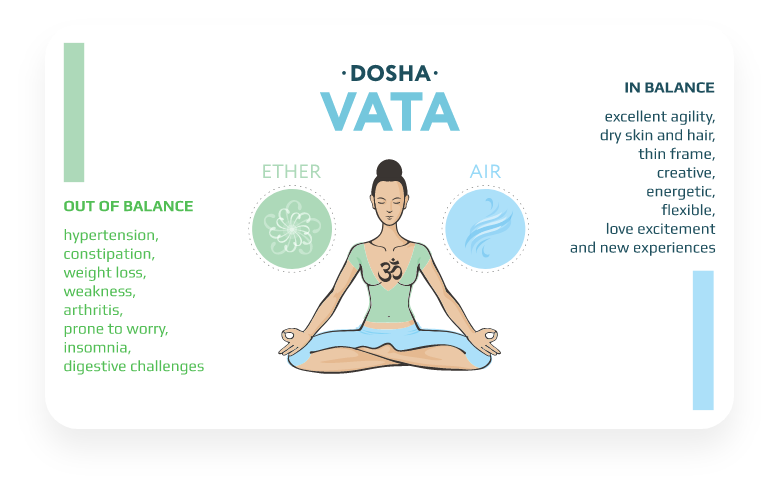



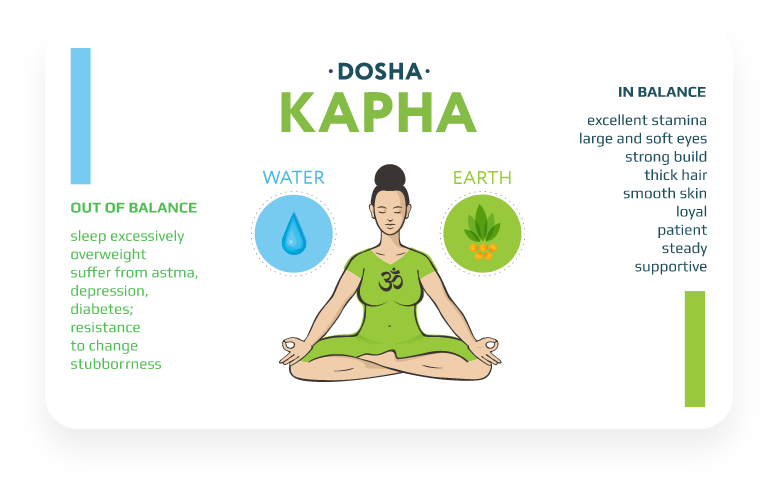
Purvakarma: Pre-purification Measures
Before the actual operation of purification begins, there is a need to prepare the body with prescribed methods to encourage it to let go of the toxins. These two procedures are snehan and svedana.

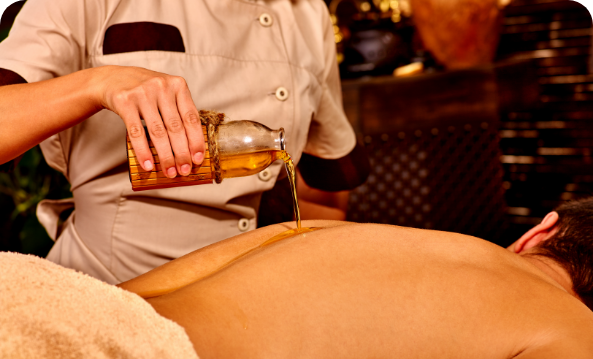
Snehan
Snehan is an oil massage. Oil is applied to the entire body with a particular type of massage that helps the toxins to move toward the gastrointestinal tract.
Oil massage also makes the superficial and deep tissues soft and supple, thus helping to remove stress and nourish the nervous system. Snehan is given daily for three to seven days, as indicated.

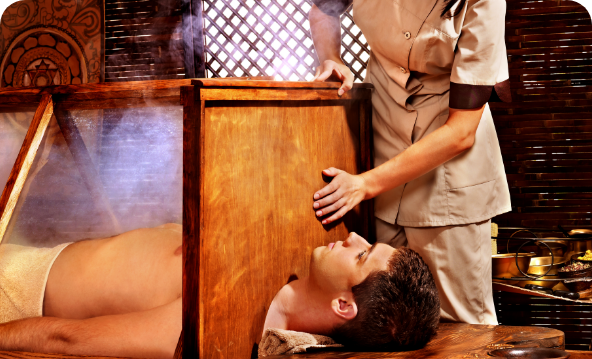
Svedana
Svedana is sudation or sweating and is given every day immediately following the snehan. An herbal concoction may be added to the steam to further loosen the toxins from the individual. Svedana liquefies the toxins and increases the movement of toxins into the gastrointestinal tract.
After three to seven days of snehan and svedana, the doshas become well “ripened.” A particular panchakarma method is then given according to the individual’s constitution and disorder, prakriti and vikruti, respectively.
Five Basic Shodanas of Panchakarma: Cleansing Methods
Vamana: Emesis Therapy

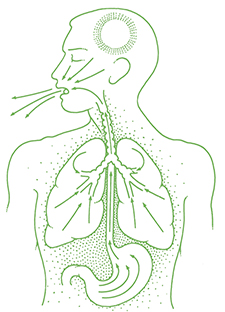
When there is congestion in the lungs causing repeated attacks of bronchitis, colds, cough, or asthma, the Ayurvedic treatment is therapeutic vomiting, vamana, to eliminate the kapha causing the excess mucus.
Oftentimes this also releases repressed emotions that have been held in the kapha areas of the lungs and stomach along with the accumulated dosha. Once the mucus is released, the patient will feel instantly relieved. It is likely that congestion, wheezing, and breathlessness will disappear and that the sinuses will become clear.
Therapeutic vomiting is also indicated in chronic asthma, diabetes, chronic cold, lymphatic congestion, chronic indigestion, and edema. After vamana, resting, fasting, smoking certain herbal cigarettes, and not suppressing natural urges (i.e., urination, defecation, gas, sneezing, coughing) is recommended.
If vamana is administered properly, the person should feel relaxation in the lungs, will be able to breathe freely, will have lightness in the chest, clear thinking, a clear voice, and a good appetite, and all symptoms of congestion disappear.
Virechan: Purgation Therapy

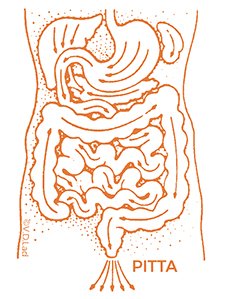
When excess bile, pitta, is secreted and accumulated in the gallbladder, liver, and small intestine, it tends to result in rashes, skin inflammation, acne, chronic attacks of fever, biliary vomiting, nausea, and jaundice. Ayurvedic literature suggests in these conditions the administration of therapeutic purgation or a therapeutic laxative.
Purgatives help relieve the excess pitta causing the bile disturbance in the body. In fact, purgatives can completely cure the problem of excess pitta. When purgatives are used, the patient should not eat foods that will aggravate the predominant humor or cause the three humors to become unbalanced.
Basti: Enema Therapy

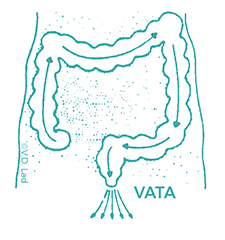
Vata is a very active principle in pathogenesis (disease). If we can control vata through the use of basti, we have gone a long way in going to the root cause of the vast majority of diseases. Vata is the main etiological (causal) factor in the manifestation of diseases. It is the motive force behind the elimination and retention of feces, urine, bile and other excreta.
Vata is mainly located in the large intestine, but bone tissue (asthi dhatu) is also a site for vata. Hence the medication administered rectally affects asthi dhatu. The mucus membrane of the colon is related to the outer covering of the bones (periosteum), which nourishes the bones. Therefore, any medication given rectally goes into the deeper tissues, like bones, and corrects vata disorders.
Nasya: Nasal Administration
The nose is the doorway to the brain and it is also the doorway to consciousness. The nasal administration of medication is called nasya.
An excess of bodily humors accumulated in the sinus, throat, nose, or head areas is eliminated by means of the nearest possible opening, the nose. Prana, life force as nerve energy, enters the body through the breath taken in through the nose. Prana is in the brain and maintains sensory and motor functions.
Prana also governs mental activities, memory, concentration, and intellectual activities. Deranged prana creates defective functioning of all these activities and produces headaches, convulsions, loss of memory, and reduced sensory perception.
Thus nasal administration, nasya, is indicated for prana disorders, sinus congestion, migraine headaches, convulsions, and certain eye and ear problems. Breathing also can be improved through nasal massage.
For this treatment, the little finger is dipped into ghee and inserted into the nose. The inner walls of the nose are slowly massaged, going as deeply as possible. This treatment will help to open the emotions. (Nose tissue is tender and for this application, the fingernail must be kept short to avoid injuring the delicate mucus membranes.)
Since most people have a deviated nasal septum, one side of the nose will be easier to penetrate and massage than the other. The finger should not be inserted forcibly.
The massage should proceed by slow penetration, the finger moving first in a clockwise and then counter-clockwise direction. By this means, the emotions that are blocked in the respiratory tract will be released. One may use this treatment each morning and evening. In this way, breathing patterns will change as the emotions are released and the eyesight also will improve.

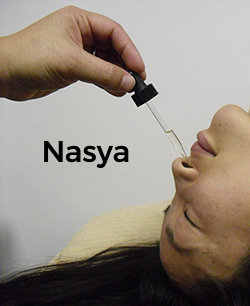
Rakta Moksha: Traditional Ayurvedic Method for Purification and Cleansing of the Blood
Toxins present in the gastrointestinal tract are absorbed into the blood and circulated throughout the body. This condition is called toxemia, which is the basic cause of repeated infections, hypertension, and certain other circulatory conditions.
This includes repeated attacks of skin disorders such as urticaria, rashes, herpes, eczema, acne, scabies, leukoderma, chronic itching, or hives. In such conditions, along with internal medication, the elimination of the toxins and purification of the blood is necessary. Rakta moksha is also indicated for cases of enlarged liver, spleen, and gout. Pitta is produced from the disintegrated red blood cells in the liver.
So pitta and blood have a very close relationship. An increase in pitta may go into the blood causing toxicity, and thus many pitta-genic disorders. Extracting a small amount of blood from a vein relieves the tension created by the pitta-genic toxins in the blood.
Leeches have been used as an alternative to bloodletting. Bloodletting also stimulates the spleen to produce anti-toxic substances that help to stimulate the immune system.
Toxins are neutralized, enabling radical cures in many blood-borne disorders. Certain substances such as sugar, salt, yogurt, sour-tasting foods, and alcohol are toxic to the blood. In certain blood disorders, these substances should be avoided to keep the blood pure.
For rakta moksha treatment other than bloodletting, there are blood-purifying practices involving herbs, gem therapy, or color water therapy. For any rakta moksha treatment or related alternative treatment, it is beneficial to refrain from yogurt, salt, sugar, alcohol, marijuana, sour, and fermented foods.

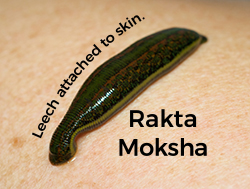
Can I Do Panchakarma At Home?
We do not recommend performing Panchakarma at home without the guidance of a trained and licensed practitioner. There are also many Ayurvedic products required to perform this properly and they each have specific techniques and doses involved.
It’s important to seek out a qualified Ayurvedic practitioner to guide you through the process.
Lifestyle and diet recommendations during panchakarma therapy
During any step of panchakarma therapy, traditional Ayurveda recommends certain lifestyle and diet guidelines. It is advised to get plenty of rest during the panchakarma experience and to avoid strenuous exercise, sexual activity, late nights, loud music, television, and other such stimulating experiences.
It is also advised to take particular care to keep warm and away from the wind and to observe one’s thoughts and experiences during this time.
A mono-diet of kitchari and ghee is recommended, as well as essential restrictions on cold drinks, cold food, caffeine, white sugar, recreational drugs or alcohol, and dairy products—all substances which should not be resumed (if at all) until sometime after panchakarma is completed.
The reason for this diet is that during the cleansing process, the digestive fire (agni) takes a rest. Also, as toxins move back into the gastrointestinal tract, the power of digestion is further slowed.
Kitchari will provide adequate nourishment, is very easy to digest, nourishes all the tissues of the body, is excellent for the de-aging of cells, and assists in the detoxification and cleansing process. Kitchari is a seasoned mixture of rice and mung dal, and is basic to the Ayurvedic way of life.
Basmati rice and mung dal both have the qualities of being sweet and cooling with a sweet aftertaste. Together they create a balanced food; an excellent protein combination that is tridoshic.
If you’re interested in holistic medicine and are looking for alternative ways to treat your body without the need for dangerous medications, consider giving Ayurvedic Panchakarma a try.
Note: Panchakarma is a very special Ayurvedic treatment requiring proper guidance from a highly trained and skillful Ayurvedic practitioner.
This should not be undertaken with information from an article or a book. One should consult with an Ayurvedic physician, not just someone with a modest amount of training.
Panchakarma is done individually for each person with their specific constitution and specific disorder in mind, thus it requires close observation and supervision.


